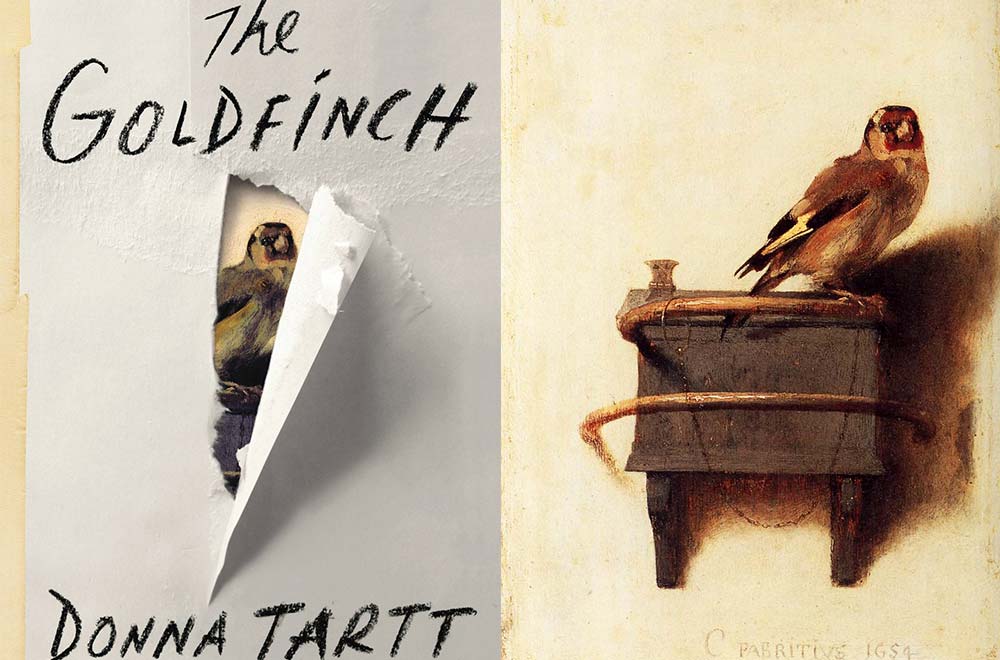

In a way, as we are about to learn, the event is much more than just a simple theft. In the rubble, half-present due to the experienced trauma, Theo notices “The Goldfinch” and takes it with him.

And though it’s a bleak thing to admit all these years later, still I’ve never met anyone who made me feel loved the way she did.Īs the lines above anticipate (or rather reveal), during the visit of the museum, Theo’s mother, just like several other visitors, is killed-the result of a bomb attack by a right-wing home-grown extremist group. Her death the dividing mark: Before and After.

As it was, she died when I was a kid and though everything that’s happened to me since then is thoroughly my own fault, still when I lost her, I lost sight of any landmark that might have led me someplace happier, to some more populated or congenial life. Things would have turned out better if she had lived. And only years later would Theo understand that this would be the day which would irretrievably alter his life.

Little does Theo’s mother know that this would be the last day of her life. Theodore “Theo” Decker is merely a 13-year-old boy when his mother takes him to the New York City’s Metropolitan Museum of Art on an exhibition of Dutch masterpieces so that she can view her favorite painting: Fabritius’ “The Goldfinch.” Unsurprisingly, the painting is also titled “The Goldfinch” and, if you like, you can see it, in all its mysterious majesty and timeless beauty, by clicking here.Īlso, if you want to, you can click “Play” on the video below and watch the trailer of the very recent adaptation of Donna Tartt’s novel-which, we regret to say, does the book even less justice than our summary. Though, just like Theodore, the book’s story constantly skips between places, it revolves around the whereabouts of an exceptional painting by Rembrandt’s most gifted student, Carel Fabritius. You’ll understand what we have in mind, once you read the few excerpted parts below, especially the paragraph which concludes the novel. At 800 pages, it touches upon so many subjects that no summary of its story will ever do the book any justice.Īnd this is even less true than in the cases of some other “unsummarizable” books we’ve shared with you so far because The Goldfinch is written in an exceptionally beautiful and hauntingly inspiring prose. The Goldfinch is a coming-of-age tale told in retrospective first-person narration by its main protagonist, Theodore Decker. In addition, her short story “The Ambush” was included in the anthology Best American Short Stories 2006. Tartt won the WH Smith Literary Award for The Little Friend and the Pulitzer Prize for Fiction for The Goldfinch. Included in TIME magazine’s “100 Most Influential People” list in 2014, Tartt has authored only three novels, each of them lauded by critics and general readers alike: The Secret History, The Little Friend, and The Goldfinch.


 0 kommentar(er)
0 kommentar(er)
